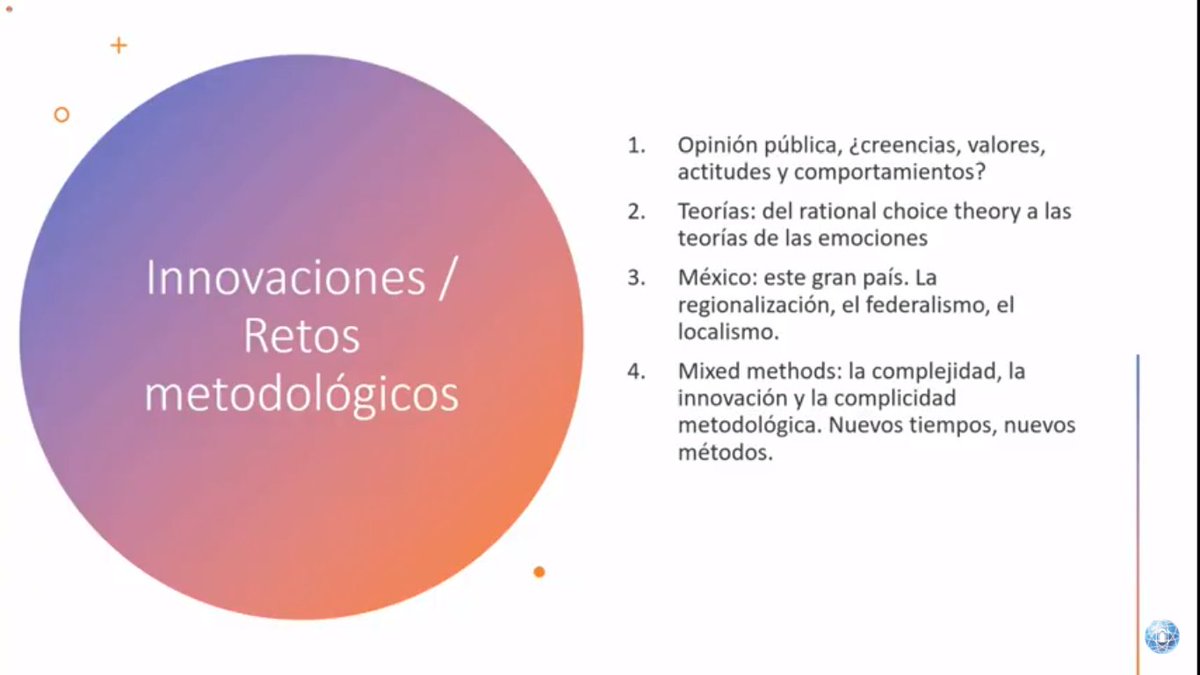
THREAD: On doing citation tracing for a review/survey of the literature/state of the art, on the ground.
Most of you who read my blog will know I've written several posts about how we need to map relationships across authors, papers, literatures, disciplines, bodies of work.
Most of you who read my blog will know I've written several posts about how we need to map relationships across authors, papers, literatures, disciplines, bodies of work.
I am collaborating on a grant proposal, and also writing a paper on subnational comparative public policy. Most of you who have followed me for a long time or have read my scholarly work will know I have also taught State and Local Government (feel free to ask for my syllabi).
I'm also doing some work on the comparative politics of subnational health policies. While not 100% new to me, I do need to refresh my knowledge of how the comparative method is applied at the subnational level (I taught Comparative Methods at the doctoral level last semester)
If I were to do citation tracing on "the subnational comparative method", I would probably go and check who is citing Richard Snyder's 2001 paper.
Well, YIKES. I don't have the time to narrow down 1055 citations.
I need to make my search narrower, choose better search terms.
Well, YIKES. I don't have the time to narrow down 1055 citations.
I need to make my search narrower, choose better search terms.

So, instead of going the "run a citation tracing process on Snyder 2001" route, I am going to go for a search on "subnational policy". That is, after all, what I am going to be writing on (both the grant and the paper).
Oh, look - those three top journal articles look "juicy".
Oh, look - those three top journal articles look "juicy".

I have several blog posts that should help in this process.
1. On mapping a new body of literature raulpacheco.org/2018/01/mappin…
2. How to do a literature review: Citation tracing, concept saturation and results' mind-mapping raulpacheco.org/2016/06/how-to…
1. On mapping a new body of literature raulpacheco.org/2018/01/mappin…
2. How to do a literature review: Citation tracing, concept saturation and results' mind-mapping raulpacheco.org/2016/06/how-to…
3. Forward citation tracing and backwards citation tracing in literature reviews raulpacheco.org/2018/02/forwar…
4. Synthesizing different bodies of work in your literature review: The Conceptual Synthesis Excel Dump (CSED) technique raulpacheco.org/2016/06/synthe…
4. Synthesizing different bodies of work in your literature review: The Conceptual Synthesis Excel Dump (CSED) technique raulpacheco.org/2016/06/synthe…
From this preliminary search, I found a few articles that I think might be of interest for my topic ("subnational policies"), and a couple that I might use for my doctoral seminars.
You might wonder "how did he come up with the *other* Eckersley articles"?


You might wonder "how did he come up with the *other* Eckersley articles"?



Well, I did forward-citation-tracing. That means, I went and looked at who had cited the Eckersley paper I liked first.
By now I have anywhere between 4 and 6 articles on topics related to subnational policy. Time to read (AIC or deeper reading) and annotate/systematize.
By now I have anywhere between 4 and 6 articles on topics related to subnational policy. Time to read (AIC or deeper reading) and annotate/systematize.
• • •
Missing some Tweet in this thread? You can try to
force a refresh







